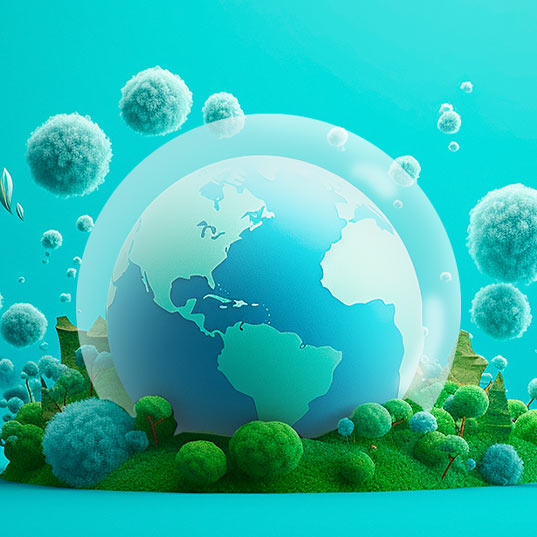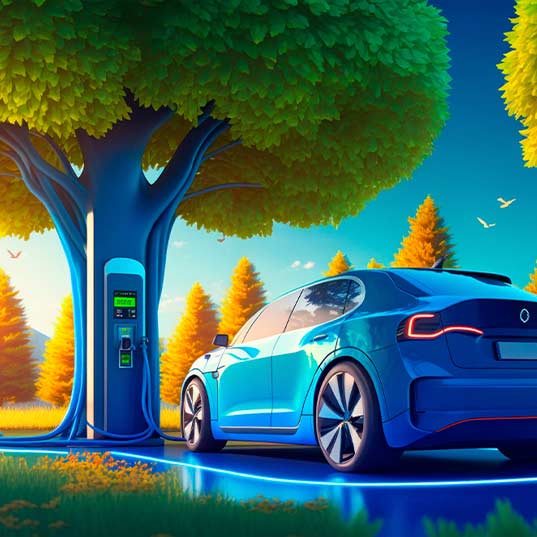What are bioplastics?
Bioplastic is a biodegradable material that come from renewable sources and can be used to reduce the problem of plastic waste that is suffocating the planet and polluting the environment.
Bioplastics are biodegradable materials that come from renewable sources and can be used to reduce the problem of plastic waste that is suffocating the planet and contaminating the environment. Does it make any sense to continue using packaging that can take centuries to disappear to pack products that only last days or months?
Plastic is the third most commonly used petroleum derivative in the world; each year 200 million tons of plastic are consumed on the planet. It comes from a non-renewable source (petroleum), it is contaminating and non-biodegradable (it can take more than 1000 years to decompose).
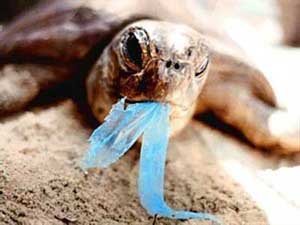
That is why countries such as Bangladesh have prohibited traditional plastic bags (they jam the sewage pipes and cause flooding), Africa has baptized them as a new 'national flower' because they are so visible all over the landscape and Europe has considered taxing them. In addition, this waste is the cause of the death of marine species and fowl that ingest them (whales, sea turtles, albatross, etc.) and pose a serious environmental problem, such as garbage patches (islands of garbage).
Bioplastic: An alternative to traditional plastic
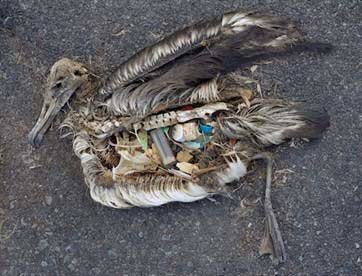
As an alternative, the use of bioplastics is being promoted, consisting in obtaining natural polymers from agricultural, cellulose or potato and corn starch waste.
These are 100% degradable, equally resistant and versatile, already used in agriculture, textile industry, medicine and, over all, in the container and packaging market, and biopolymers are already becoming popular in cities throughout Europe and the United States for ecological reasons: they are known as PHA.
This product is expected to cover the needs of 10% of the European plastics market within 10 years.
PHA as bioplastic
These are polyesters produced by fermenting raw vegetable materials with a series of bacterial strains. For example, PHAs can be used for injection molding to build automobile parts and for many other uses. Specifically, PHA (polyhydroxyalkanoate) is extracted from bacteria such as pseudomonas. In its natural form, it is similar to transparent kitchen film, with the difference that it is an authentic bioplastic.
Advantages of bioplastics:
- They reduce carbon footprint
- They providing energy savings in production
- They do not involve the consumption of non-renewable raw materials
- Their production reduces non-biodegradable waste that contaminates the environment
- They do not contain additives that are harmful to health, such as phthalates or bisphenol A
- They do not change the flavor or scent of the food contained
Uses of bioplastics:
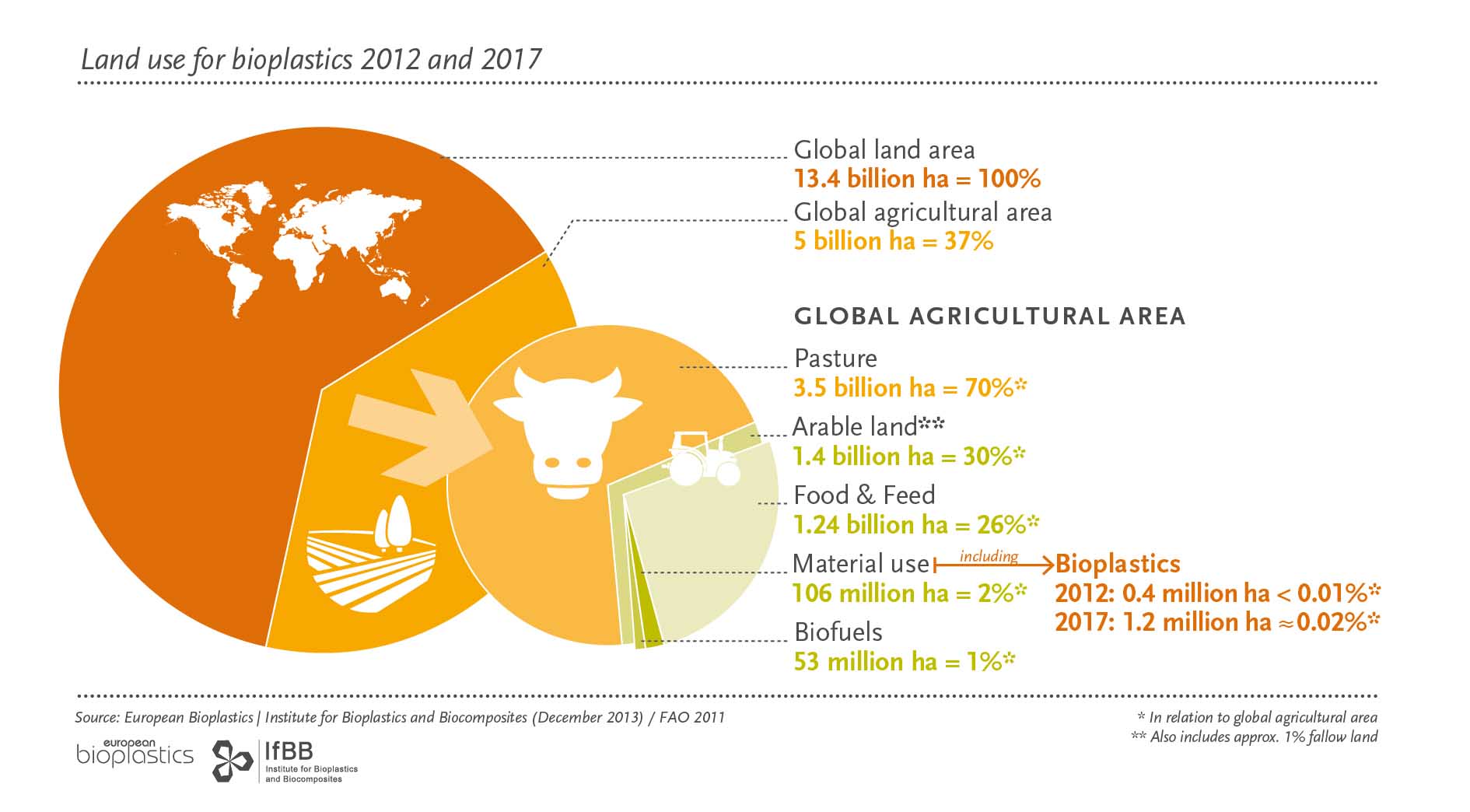
It is expanding its use in various sectors: medical (prostheses, sutures ...) in food (catering products, disposable containers ...), toys, and even in the world of fashion (Versace has a clothing line Ingeo, made from corn) and, of course, biodegradable bags.
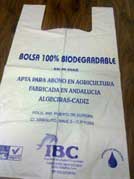
* DID YOU KNOW ... Not all 'bioplastics' are degradable: should only be called bioplastics those born from renewable biological sources, and they are biodegradable. Never petroleum. Neither should be considered as such those obtained by GMOs.



